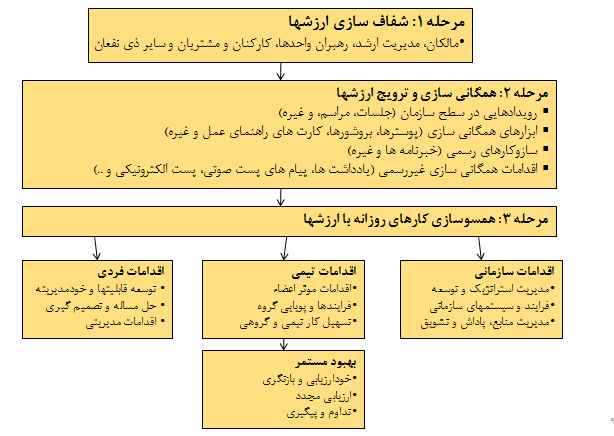A warship was assigned to maneuver in stormy weather for several days for military training. The foggy weather caused the ship's crew to have little visibility. As a result, the captain was standing in the command area of the deck to monitor all activities. Not long after the night had passed, the lookout on the command bridge reported: “A light can be seen on the right side in front of the ship.
The captain shouted: "Is that light steady or is it moving backwards?" The watchman answered: "It is fixed," which meant that we are on a path where we will collide. The captain said to the signal dispatcher: "Give that ship a signal that we are facing each other, I recommend that you change the course by 20 degrees." The answer to the sign was: "You must change direction by 20 degrees!" The captain said: "Give me a sign that I am the captain and they must change the course by 20 degrees." The answer came: "It is better for you to change the direction by 20 degrees." When the captain got angry, he spat on the ground and said: "Give a signal that a signal is being sent from a warship". Change the direction by 20 degrees. The answer came: "I am a lighthouse!"
Then the ship changed course.
Organizational values are like lighthouses. They don't move. They cannot and should not be broken, but they can be learned and applied.
Companies that enjoy lasting success have core values that remain constant over time while their strategies and business methods are changing to adapt to the changing world around them. In organizational excellence models such as EFQM, there is a lot of emphasis on the necessity of formulating and updating organizational values. Leaders create, develop, mission, vision, values and ethics and act as role models. Managers personally disseminate the organization's mission, vision, values, policy and strategy, plans and long-term and short-term goals among employees.
The following items are among other necessities of compiling and updating organizational values:
Values are fundamental beliefs and reliable guides for decisions and behaviors.
- Values show the survival and harmonious life of the organization.
- Values play a central role in the cohesion of employees.
- Values follow the unity of organizational units.
- Values are the basis of trust and growth of people in the organization.
- They specify the values, dos and don'ts of the organization.
What are the reasons for the non-current of organizational values?
Unfortunately, despite compiling and documenting the core values in many companies, we see that these values are not implemented in a favorable way in the company. The following can be mentioned among the reasons for the non-currentness of organizational values:
- Sometimes senior and middle managers of companies don't understand that agreeing to values requires acting on them.
- The realization of values is purely symbolic and demonstrative.
- Companies don't spend their efforts to solve serious issues within the framework of formulated values.
- Values formulated in the internal affairs of companies, such as the evaluation process, allocation of rewards, etc. It has not penetrated.
- The pessimism and suspicion resulting from the non-implementation of values has prevented organizational levels from supporting them.
But management based on values helps to solve this problem. The company can help actualize its formulated organizational values by considering the following recommendations:
- Implementing values through the behavior and actions of leaders and senior managers, operationalizing organizational values using ethical codes (behavioral examples)
- Current values through symbols and signs Current values through advertising and information
- Promulgation of values through human resource systems such as recruitment, appointment and evaluation, etc.
One of the ways to connect organizational culture with organizational values, and to make the organization's values flow in the working life of employees, is to use the TEAMIM solution Is. With the help of Teamim, you can encourage and evaluate the alignment of the organization's activities with key values.
Furthermore, in order to help operationalize the above recommendations, the author has tried to specify some examples of behavior (or, in other words, ethical codes) of the values of the hypothetical company in the form of the following figure:
